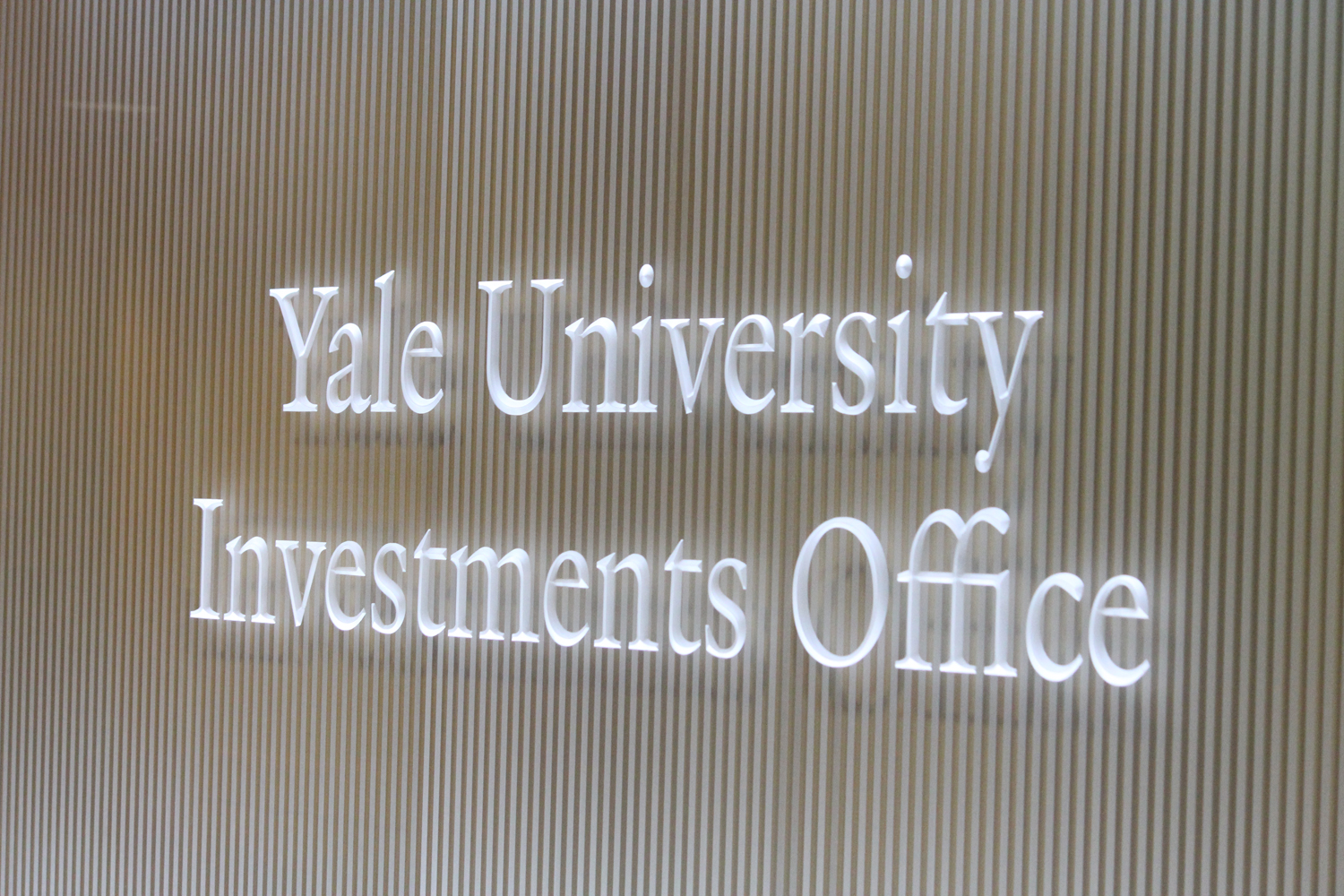
A recent study by a coalition of Yale University business officers once again demonstrates the relative strength of Yale Chief Investment Officer David Swensen’s investment model. While university endowments nationwide have grown at rates similar to that of Yale, the University has, over the past decade, far surpassed the average endowment growth reported in the study.
The National Association of College and University Business Officers, along with the Teachers Insurance and Annuity Association, found that among 774 colleges, universities and similar institutions, endowments grew, on average, by 5.3 percent over the past fiscal year. Those endowments grew by, on average, 8.4 percent per year over the past decade.
In contrast, Yale’s endowment has shown 5.7 percent growth over the past year and 11.1 percent growth per annum over the past decade. During his decades-long tenure at the University, Swensen and Yale Investments Office Senior Director Dean Takahashi ’80 SOM ’83 spearheaded Yale’s investment into alternative assets — such as private equity and hedge funds, rather than public equities and bonds — and created a new prototype for nonprofit funding.
In 2019, the University announced that its endowment totaled $30.3 billion. That figure put Yale’s returns at nearly twice the estimated average for college and university endowment returns nationwide — a number which stands at 6.5 percent.
Endowment expert Charles Skorina praised Swensen’s investing prowess in a 2018 interview with the News. He added that Swensen supervised several individuals who later went on to become chief investment officers at other universities. According to Skorina, many of these universities have tailored their strategies to emulate those of Swensen and his team at Yale.
The press release for the study states that the 8.4 percent figure — which surpassed an industry goal of 7 percent returns for the decade — reflects strong recovery from the 2008 financial crisis as well as “solid management practices.” Still, a January article in Barron’s — an American newspaper that covers financial ongoings — stated that large institutional investors “missed the decade-long rally in U.S. stocks by a longshot.” Specifically, the article contrasts these returns in higher education with figures from the S&P 500 — a major stock index measuring the stock performance of major United States companies — which ended the decade with 14.7 percent returns on average.
But, according to Skorina, institutional and market-wide portfolio growth should not be directly compared.
“If your endowment tracks the S&P 500 or a broad-based market index, then you’re doing something wrong,” Skorina told the News in an interview.
While Yale’s investment practices are competitive relative to peer institutions, comparing them to those of major companies is difficult. According to Skorina, it is tricky because the S&P index is based only on U.S. stocks, and many higher education institutions often direct their funds toward alternative assets like venture capital and foreign investments. According to the Yale Investments Office website, only 2.75 percent of the endowment is slated for U.S. stocks for 2020.
The Yale Investments Office referred the News to previous endowment updates on their website.
Many institutions are considering broadening their investment options to “protect against market pressures and volatility,” said Chief Executive Officer of TIAA Endowment and Philanthropic Services Kevin O’Leary according to the NACUBO press release.
Skorina added that the general volatility of markets can challenge institutional endowment managers to find ways of investing that provide for universities’ cash flow — which pays salaries, provides financial aid and maintains academic programs, among other functions. One strategy of achieving steady cash flow is to take a varied approach to investing, Skorina said, as Yale’s investments office already does. Universities do not necessarily move their money immediately if U.S. markets show a long streak of improvement. This means that while they avoid the low points of the domestic economy, they sometimes miss out on massive gains in the stock market. Skorina stressed that this strategy generally protects institutions from experiencing “massive downsides.”
“Endowments are not set up to match the highs, because they’re set up to avoid the lows,” Skorina said. “So because we’ve had such a glorious stock market run over the last 10 years, a lot of people have forgotten how we’ve just crashed 10 years ago.”
According to Skorina, the United States has experienced six major financial shocks over the past 50 years, including the 1987 Black Monday Crash and the Great Recession of 2008–09. As of 2020, Skorina wrote in an email to the News, it has been over 10 years since the last crash and “the longest bull market in history is still running” — making the time ripe for another crash.
According to Bloomberg, the chance of a recession in 2020 is 26 percent — down from 29 percent last month — based on November data.
Skorina added that the challenge for boards and chief investment officers in the face of this potential upcoming “reckoning” is to guard capital and “make deft course-corrections when the music stops.”
Last November, then-Provost Benjamin Polak told the News that while a recession likely existed somewhere on the horizon, the University was developing measures to combat financial decline. Members of each of Yale’s schools and units present a yearly budget plan to the University Budget Advisory Committee, and these most recent reports included proposed budgetary responses, in the case of a decade of potential low endowment returns.
As of September, the Yale endowment’s value is the second largest in the country.
Valerie Pavilonis | valerie.pavilonis@yale.edu
Correction, Feb.5: This headline was updated to reflect the print version of this article.







